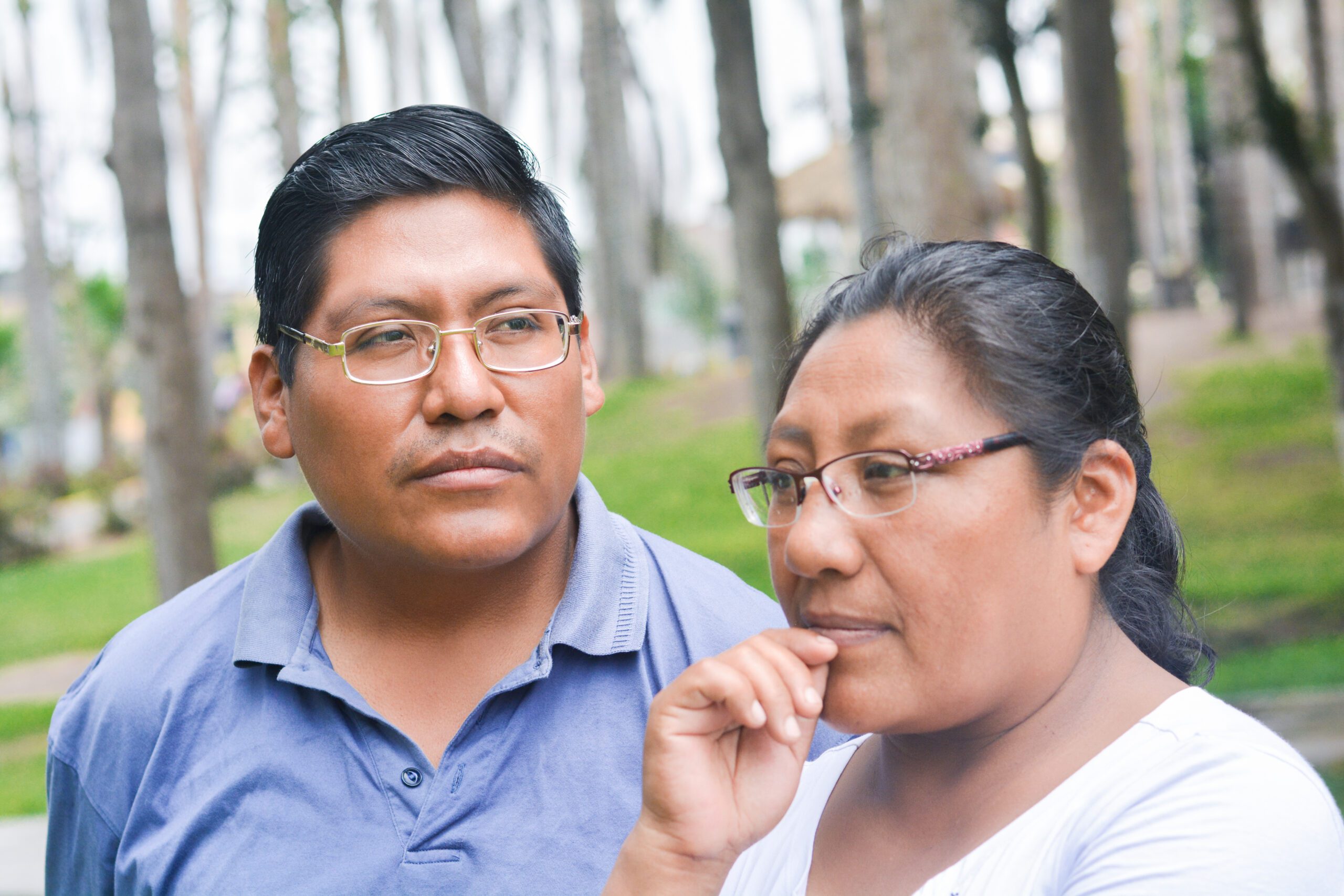| The Crystal Ball (Photo credit: Wikipedia) |
Wouldn’t we all like a crystal ball?
There are times as we move through life that the thought of having a crystal ball to see into the future sounds wonderful. Perhaps it is when we are making a decision about whether to try out for a team in junior high, or what colleges we might apply to, or what summer internship might provide the best experience for building our resume…maybe even as teen-agers or young adults it would be helpful to glean who might be the best person to be best friends with or to date.
Expectant parents often want to know will the baby be healthy, will the baby be a boy or girl. And of course, with modern science many expectant parents can have most questions answered with genetic testing, sonograms, and amniocentesis.
Parents at every stage of the process of raising children would like to know that their decisions and parenting style will be for the good of the child. But few parents can protect their children from every possible traumatic event.
New research examines PTSD vulnerability in teens
This week the online August issue of the Journal of the American Academy of Child & Adolescent Psychiatry published the results of a new study by researchers at Boston Children’s Hospital: Trauma Exposure and Posttraumatic Stress Disorder in a National Sample of Adolescents. The study was led by Katie McLaughlin, PhD, of the Departments of Pediatrics and Psychiatry.
Study’s parameters
- 6,483 teen-parent pairs were analyzed
- Data was gathered from the National Comorbidity Survey Replication – this is a survey of the prevalence and correlates of mental disorders in the US.
- 61 percent of these teens (age 13- 17) had been exposed to at least one potentially traumatic event in their lifetime.
- Traumatic events included interpersonal violence (rape, physical abuse or witnessing domestic violence), natural disasters, injuries, death of a relative or friend.
- 19% of the subjects had experience three or more such events
Study’s results
It should be noted that the researchers were using the DSM-IV diagnostic criteria when reporting results.
- Of all teens who were exposed to trauma, 4.7% had experienced PTSD
- Female gender: Of the total sample, girls had a lifetime prevalence of PTSD of 7.3 percent, and boys 2.2 percent.
- Events involving interpersonal violence: the lifetime prevalence of PTSD was 39 percent for teens who had been raped and 25 percent for those physically abused by a caregiver.
- Underlying anxiety and mood disorder were also risk factor.
Additionally, there were risk factors more strongly associated with trauma exposure. These risks included not having both biological parents in the home and pre-existing mental disorders, like attention deficit hyperactivity disorder (ADHD) and oppositional defiant disorder.
Going forward…
As we offered in our opening, parenting would be much easier if we could observe today and look into the future and understand how today’s traumatic event might impact our children. Having these research results available might be a useful guide for anticipating the possibility of post traumatic stress disorder and discussing it with your child’s physician, therapist, or school counselor.








